About us:
Young Critics is a youth-led programme for budding Irish film critics between the ages of 18-25 who simply love film.
Young Irish Film Makers is dedicated to supporting the next generation of creatives. During the programme, our writers get the chance to analyse and discuss film, platform their writing, attend film festivals and join a fun, creative community where they can hone their critical abilities.
What it involves:
- Writing workshops lead by renowned critics
- Attending festivals, panels and industry events
- Having reviews published on film festival websites
- Weekly online chats about film
- Producing a Young Critics podcast about all things film
What do young people say about the programme?
“YoungCritics helped me not only create ideas but develop them in a professional manner, I’ve loved every minute of being a part of the YC!” – Pia
“…. I myself am very shy, and there’s room for people who are shy to edit podcasts, help with social media promotion and just having a group of like minded people to be around”– Patrick
“I’ve gained such great experience in my role , facilitating film discussions and organising events and activities. It’s been a joy to be a part of such a lovely community.” – Colum Culleton – member turned Project Coordinator
“Working with the Young Critics has given me the opportunity to create content about something I’m passionate about with incredibly talented people from all over the country.” – Alannah Brent – member turned Project Coordinator
Links to podcast:
Applications for 2023 are closed but CLICK HERE to express interest or ask a question









